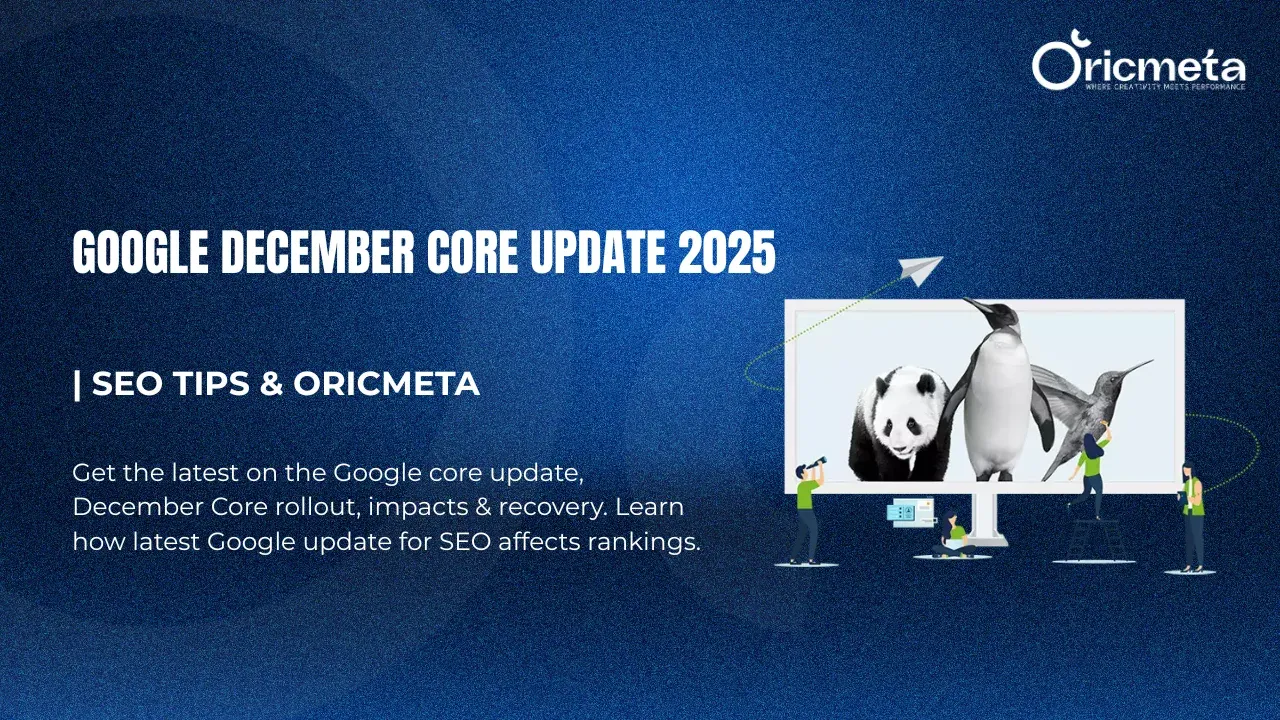Introduction to Ecommerce Search Engine Optimization
In today’s digital-first world, your online store must be more than just beautiful—it needs to be discoverable. That’s where ecommerce search engine optimization comes in. Whether you run a small Shopify boutique or a large-scale ecommerce platform, SEO is one of the most effective ways to boost your visibility, attract high-intent traffic, and convert visitors into loyal customers.
With more consumers shopping online than ever, optimizing your ecommerce website for search engines is no longer optional. It’s a long-term investment that builds trust, authority, and a steady stream of free, organic traffic. Let’s explore how ecommerce SEO works, why it matters, and how to do it right.
What Is Ecommerce SEO and Why Does It Matter?
Ecommerce search engine optimization is the process of improving your online store’s visibility in search engine results pages (SERPs). It involves optimizing product pages, category pages, and blog content to ensure they rank well for relevant keywords.
Unlike paid advertising, which stops the moment you stop spending, SEO delivers lasting results. The goal is to appear in top search positions when users are looking for products you offer. Better rankings lead to more traffic, and more traffic often translates into higher revenue.
How Search Engines Rank Ecommerce Sites
Search engines like Google use complex algorithms to determine which websites should appear at the top of search results. For ecommerce sites, key ranking factors include:
- Website speed and performance
- Mobile-friendliness
- Quality and originality of product content
- Proper keyword usage
- Technical SEO (schema markup, site architecture)
- Backlinks and domain authority
By focusing on these areas, you can boost your website’s chances of being discovered by shoppers actively searching for your products.
Keyword Research for Ecommerce SEO
No ecommerce SEO strategy is complete without effective keyword research. You need to know what terms your target customers are using to find products online. Start by identifying short-tail and long-tail keywords that match your product offerings.
For example, instead of just targeting “shoes,” go for “white leather sneakers for men” or “affordable running shoes under 5k.” These more specific queries are less competitive and have higher purchase intent.
Tools like Google Keyword Planner, Ubersuggest, and Ahrefs can help uncover high-performing search terms. Once you have your keywords, use them naturally in titles, meta descriptions, headers, and product descriptions.
On-Page Optimization Techniques
Optimizing your site’s individual pages is critical for ecommerce search engine optimization. Each product page should have a unique title tag and meta description that includes relevant keywords.
Use headers (H2s and H3s) to break up content and make it easier for both users and search engines to understand. High-quality product descriptions, detailed specifications, and clear call-to-action (CTA) buttons all improve the user experience—and that improves SEO.
Make sure your images have descriptive alt text, and use SEO-friendly URLs that reflect the page’s content. Internal linking also helps distribute link authority and keeps users engaged with your site longer.
Site Architecture and Technical SEO
Technical structure is the backbone of successful ecommerce SEO. Your site must be easy to crawl and index. A clean and logical site hierarchy helps search engines understand which pages are most important.
Here’s what to focus on:
- Use a flat structure so users can reach any page in 3 clicks or fewer
- Create XML sitemaps and submit them to Google Search Console
- Implement schema markup for products, reviews, and pricing
- Ensure fast load times on both desktop and mobile
- Fix broken links and avoid duplicate content
These technical elements may not be visible to your customers, but they significantly impact your search engine rankings
Content Marketing to Support Ecommerce SEO
An effective content strategy can supercharge your ecommerce search engine optimization efforts. Create valuable blog content that educates, informs, or solves customer problems.
For instance, if you sell fitness gear, consider writing blogs like “Top 10 Home Workouts for Weight Loss” or “How to Choose the Right Resistance Bands.” These types of posts help bring in traffic, build authority, and create more internal linking opportunities.
Content marketing also enables you to target informational keywords—searches that may not immediately convert, but attract future buyers into your sales funnel.
Building High-Quality Backlinks
Backlinks remain one of the strongest ranking factors. When credible websites link to your ecommerce store, it signals to Google that your site is trustworthy and relevant.
You can earn backlinks through guest posting, influencer collaborations, product reviews, and sharing press releases. Avoid spammy link-building tactics—they can do more harm than good.
Focus on gaining links from reputable sources in your niche. Quality always trumps quantity when it comes to backlinks.
Mobile Optimization Is a Must
More than 60% of ecommerce traffic comes from mobile devices. That’s why mobile-first indexing is now standard in Google’s algorithm.
If your site isn’t mobile-friendly, you’re losing both rankings and customers. Ensure your pages load quickly, buttons are easy to tap, and checkout is smooth on smartphones and tablets.
Test your mobile experience regularly and fix usability issues as they arise. A responsive design and minimal popups go a long way in creating a seamless mobile shopping experience.
Local SEO for Ecommerce Stores
If your ecommerce store has a physical location, don’t neglect local SEO. Optimize your Google Business Profile, include location-specific keywords, and gather positive customer reviews.
Even online-only businesses can benefit from local SEO by targeting location-based searches such as “buy handmade soaps in Karachi” or “best headphones online in Lahore.”
This tactic helps capture nearby audiences and stand out from global competitors.
Tracking Results and Improving Over Time
No ecommerce search engine optimization strategy is complete without ongoing analysis. Use tools like Google Analytics and Google Search Console to monitor your traffic, keyword rankings, and conversion rates.
Track which pages perform best and identify areas for improvement. SEO is not a one-time task—it’s an ongoing process. Regularly update content, fix technical issues, and adapt to changes in search engine algorithms.
Staying proactive ensures your site remains competitive in the long run
Conclusion: Turn Clicks Into Customers
Ecommerce search engine optimization is essential for any online business looking to grow organically and build long-term value. With the right strategies—targeted keywords, solid technical foundation, and valuable content—you can improve visibility, increase traffic, and convert visitors into paying customers.
Remember, SEO is a marathon, not a sprint. By consistently applying best practices and focusing on user experience, your ecommerce store can rise through the rankings and achieve lasting success.
Start optimizing today, and let your products be found by the people who are already looking for them. That’s the real power of ecommerce SEO. blog visit our site techners.














Leave a Reply